Jiuwo Explosion-proof Technology Co., Ltd. was established in 2011 with a construction area of 5,500 square meters. It has a core competitive R&D team, modern production and processing equipment, and complete processing technology and testing procedures. The company mainly develops, produces and sells industrial explosion-proof, security communication service dispatching systems, explosion-proof telephones, waterproof telephones, fiber optic telephones, and bank, prison telephones, explosion-proof monitoring and other products. The comprehensive pipe gallery involves the company's products.
1. Development history
Foreign development
In developed countries, the common gap has existed for more than a century, and the scale of the system is getting bigger and bigger while the system is getting better and better.
Germany
In 1893, the former Germany built a 450-meter integrated pipe gallery under the sidewalks on both sides of Kaiser-Wilheim Street in Hamburg, former West Germany, to accommodate heating pipes, water pipes, electricity, telecommunications cables and gas pipes, but not sewers. After the construction of the first integrated pipe gallery in Germany was completed, troubles occurred in use. The water pipe broke and water accumulated in the integrated pipe gallery. At that time, due to poor design, the insulation material of the hot water pipe could not be fully replaced after use. The piping needs of buildings along the street and the installation of crossing pipelines still often dig roads. At the same time, due to the increase of users along the street, the planned section does not predict the future demand capacity, and the original comprehensive pipeline gallery is insufficient in section space. New users had to add directly buried pipelines under the road surface outside the original common ditch. Despite these deficiencies, the evaluation was still very high at the time. Therefore, in 1959, another 300-meter pipeline was built in Bubailuta City. The integrated pipe gallery is used to house gas pipes and water pipes.
Before 1964, the cities of Suhl and Halle in East Germany started the experimental plan to build integrated pipeline corridors. By 1970, they completed the comprehensive pipeline corridors of more than 15 kilometers and started operations. At the same time, they also planned to promote integrated pipeline corridors. The network system of the pipe gallery is planned nationwide. The pipelines contained in the former East Germany included rainwater pipes, sewage pipes, drinking water pipes, hot water pipes, industrial water mains, electricity, cables, communication cables, street light cables and gas pipes.
U.K
The British built a comprehensive pipeline corridor in the urban area of London in 1861. It adopts a semicircular section of 12 meters x 7.6 meters to accommodate water pipes, sewage pipes and gas pipes, electricity, telecommunications, and supply pipelines connecting users. More than 22 integrated pipe corridors have been built in the urban area of London. The construction funds for the integrated pipe corridors built in London are completely raised by the government and owned by the City of London.
France
As early as 1833, in order to solve the problem of laying underground pipelines and improve environmental quality, Paris began to build common trenches for underground pipelines. Today, Paris has built a common trench network with a total length of about 100 kilometers and a relatively complete system.
Since then, European cities such as London in the United Kingdom and Hamburg in Germany have also built underground common trenches one after another.
Japan
In 1926, Japan began to construct an underground common ditch. By 1992, Japan already had a common ditch of approximately 310 kilometers in length, and it was in the process of continuous growth.
The construction of an underground comprehensive pipe gallery system (known as "common ditch" in Japan) for the centralized laying of municipal pipelines for water supply and drainage, heating, gas, electricity, communications, broadcasting and television has become one of the modern and scientific standards for the development of Japanese cities.
As early as the 1920s, the municipal organization of Tokyo, the capital of Japan, laid out pipelines for electricity, telephone, water supply, and gas under the main roads in the Jiudan area of the city center, forming Tokyo's first underground integrated pipe gallery. Since then, the "Special Measures Act on the Construction of Common Ditches" enacted in 1963, legally stipulated that relevant Japanese departments need to build "common ditches" underground in major arterial roads with high traffic volumes and possible congestion in the future. The Tokyo National Highway Office under the Ministry of Land, Infrastructure, Transport and Tourism is responsible for the construction and management of the main underground pipeline corridors in the Tokyo area, and the Tokyo Metropolitan Construction Bureau is responsible for the underground comprehensive pipeline corridors for the secondary trunk lines.
Russia
In 1933, the former Soviet Union built underground common trenches in Moscow, Leningrad, Kiev and other places.
Domestic development
A few cities in China, such as Beijing, Shanghai, Shenzhen, Suzhou, and Shenyang, have integrated pipeline corridors. According to incomplete statistics, the total construction mileage across the country is about 800 kilometers. Technical problems are caused by entanglements in consciousness, laws, and interests.
The one-time investment in the construction of a comprehensive pipeline gallery is often higher than the cost of independent laying of pipelines. According to statistics, the average cost (calculated in RMB) of integrated pipeline corridors in Japan, Taipei and Shanghai is 500,000 yuan/meter, 130,000 yuan/meter, and 100,000 yuan/meter, which are indeed much higher than ordinary pipeline methods. . However, the comprehensive savings in the road underground space, the cost of each excavation, the impact on the efficiency of road traffic, and the damage to the environment, the cost-benefit ratio of the integrated corridor obviously cannot only depend on the amount of investment. Taiwan used the 6.5-kilometer integrated pipeline corridor on the Xinyi Line as an example. It only requires NT$500 million more to build an integrated pipeline corridor than if it did not. However, the benefits generated after 75 years are NT$233.7 billion.
In fact, as early as 1958, Beijing built a comprehensive pipe corridor of more than 1,000 meters under Tiananmen Square. In 2006, the second modern integrated pipeline corridor in mainland China was built in the West District of Zhongguancun. The main line of the integrated pipeline gallery is 2 kilometers long, and the branch line is 1 kilometers long, including municipal pipelines for water, electricity, cold, heat, gas, and communications. In 1994, the Shanghai Municipal Government planned to build the first comprehensive pipeline corridor with the largest scale and the longest distance in the mainland-Zhangyang Road Comprehensive Pipe Corridor in Pudong New Area. The comprehensive pipeline gallery is 11.125 kilometers long and accommodates four types of urban pipelines, including water supply, electricity, information and gas. Shanghai has also completed the Songjiang New City Demonstrative Underground Comprehensive Pipe Gallery Project (Phase I) and the "One Ring and One Line" comprehensive pipeline corridor system in Anting New Town, Jiading District, with a total length of about 6 kilometers. The infrastructure construction of the Suzhou Industrial Park jointly developed by China and Singapore, after 10 years of development, the underground pipeline corridor has also begun to take shape.
The Ministry of Housing and Urban-Rural Development, together with the Ministry of Finance, carried out the pilot work of supporting underground comprehensive pipeline corridors with central finance, and identified 10 cities including Baotou as pilot cities. It plans to build 389 kilometers of underground comprehensive pipeline corridors by 2018 (190 kilometers started in 2015), with a total investment of 35.1 billion yuan. . According to calculations, 8,000 kilometers of underground comprehensive pipeline corridors will be built in the future. If calculated at 120 million yuan per kilometer, the investment scale will reach 1 trillion yuan.
The State Council attaches great importance to promoting the construction of urban underground integrated pipeline corridors. Since 2013, it has successively issued the "Opinions of the State Council on Strengthening Urban Infrastructure Construction" and the "Guiding Opinions of the General Office of the State Council on Strengthening Urban Underground Pipeline Construction Management" to deploy and carry out urban underground integration. Pilot work on the construction of pipe corridors.
Urban integrated pipeline gallery refers to a pipeline public tunnel built underground in the city. More than two types of municipal pipelines, including power, communication, gas, water supply, heat, and drainage, are laid in the tunnel to implement unified planning, design, construction and maintenance. The integrated pipe gallery is called "common ditch" in Japan, and also called "common pipeline and integrated pipe ditch" in my country.
9 major features of integrated pipe gallery:
1. Comprehensiveness: scientifically and rationally develop and utilize underground space resources, centrally and comprehensively arrange six types of municipal pipelines to form a new type of urban underground intelligent network operation and management system.
2. Long-term effectiveness: The civil construction of the municipal pipe gallery adopts a reinforced concrete frame structure, which can guarantee the service life of the "pipe gallery" for more than 50 years, and reserves 50 years of development and capacity expansion space according to the planning requirements to achieve one-time investment. Long-term effective use.
3. Maintainability: Reserve inspection and maintenance space in the municipal pipe gallery, and set up necessary personnel and equipment entrances and exits and supporting equipment and facilities. On average, a working well is set up every 1,000 meters, and at the same time, it is equipped with hoisting piles and movable ladder trucks to provide the necessary guarantee for pipeline repair, maintenance, and use.
4. High-tech: A modern intelligent monitoring and management system is set up inside and outside the municipal pipe gallery, and a variety of high-tech methods are adopted that combine intelligent fixed monitoring and mobile monitoring as the mainstay, supplemented by manual regular on-site inspections to ensure the "pipe gallery" Internal comprehensive monitoring, uninterrupted operation information feedback and low-cost, high-efficiency maintenance and management effects.
5. Earthquake resistance and disaster prevention: The municipal pipelines are concentrated in the underground municipal pipe gallery, which can resist earthquakes, typhoons, freezing, erosion and other natural disasters. Under the condition of reserving a moderate space for people to pass through, taking into account the installation of civil air defense functions, and connecting with surrounding civil air defense projects, it can play the effect of preventing air strikes and reducing people's property losses under extraordinary conditions.
6. Environmental protection: The municipal pipelines are laid in a centralized manner according to the planning requirements, which can create conditions for urban environmental protection. The ground and roads will not be re-excavated due to the renewal of pipelines within 50 years. Combine maintenance management and urban beautification needs to build unique landscape sketches.
7. Low cost: As the municipal pipeline gallery adopts the form of one-time investment, simultaneous construction, use by all parties, and multiple benefits, it not only overcomes the various drawbacks of the existing model, but also reduces and controls the overall cost. The old model of single-handed multiple applications for approval, multiple construction, repeated excavation, and the damage caused by the damage to the old underground pipelines caused by the construction of new projects eventually increased the cost.
8. Investment diversification: The municipal pipeline gallery can extend the previous way the government invests in municipal projects separately to the form of joint investment and common benefits of private enterprises, social forces, and the government, giving full play to the government's leading role and the polarity of all parties, and accelerating The process of urban modernization effectively solves the difficult problem of financing such municipal projects.
9. Operational reliability: The layout and safety distance between professional pipelines in the municipal pipe gallery are in accordance with the relevant national regulations, and along the pipe gallery, combined with the requirements of fire prevention, explosion protection, pipeline use, maintenance, etc., separate sections are set , And formulate relevant operation management standards, safety monitoring rules and regulations, and emergency repairs and emergency emergency plans to provide technical management guarantee for the safe use of the "pipe gallery".
Pipe gallery classification
The integrated pipe gallery should be divided into the main line integrated pipe gallery, branch line integrated pipe gallery and cable pipe gallery.
1 Trunk integrated pipeline gallery: It is used to accommodate the integrated pipeline gallery constructed by independent subdivision of urban trunk engineering pipelines.
2 Branch-line integrated pipe gallery: It is used to accommodate the integrated pipe gallery constructed in single-cabin or double-cabin mode for accommodating urban distribution engineering pipelines.
3 Cable pipe gallery: It is constructed with a shallow buried channel, equipped with an openable cover but its internal space cannot meet the requirements of normal passage of personnel, and is used to accommodate power cables and communication cables.
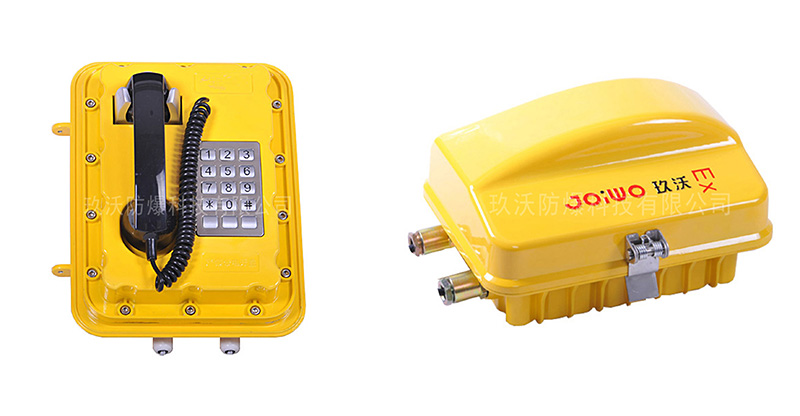
Domestic law
Laws and regulations

Technical Code for Urban Comprehensive Pipe Gallery Engineering
The "Guiding Opinions of the General Office of the State Council on Promoting the Construction of Urban Underground Comprehensive Pipelines" (Guobanfa [2015] No. 61) was promulgated on August 10, 2015. The work goal is to build a batch of internationally advanced underground comprehensive pipe corridors and put them into operation by 2020. The problem of “road zipper” caused by repeated excavation of the ground has been significantly improved, the safety level of pipelines and the ability to prevent and resist disasters will be significantly improved, and the main problems will be gradually eliminated. Street spider web overhead lines, the urban ground landscape has improved significantly.
Fujian, Jiangsu and other places have issued guidelines for the construction of integrated pipeline corridors, and Xiamen City has also issued Xiamen City's comprehensive pipeline corridor management measures. The "Technical Specifications for Urban Comprehensive Pipe Gallery Engineering" (GB50838-2015), which came into effect on June 1, 2015, has greatly revised and improved the 2012 version of the "Technical Specifications for Urban Comprehensive Pipe Gallery Engineering". The promotion of corridor construction has played a positive role. This version of the specification emphasizes that in principle all pipelines must enter the corridor, but it also expands the classification of integrated pipeline corridors and adds cable pipeline corridors.
According to the relevant regulations in section 2.3 of the "Urban Engineering Pipeline Comprehensive Planning Code" (GB50289-98), when one of the following situations is encountered, the project pipeline should be laid in a centralized manner using a comprehensive pipeline gallery:
Motor vehicle lanes, urban arterial roads with heavy traffic or more engineering pipeline facilities, as well as engineering sections such as the construction of subways and interchanges;
Sections of roads that are not suitable for excavation;
Squares or intersections of major roads;
Roads where two or more engineering pipelines and multi-circuit cables need to be laid at the same time;
The intersection of roads and railways or rivers.
The width of the road is difficult to meet the requirements of the sections where various pipelines are directly buried.
According to the relevant regulations in section 5.2 of the "Power Engineering Cable Design Code" (GB50217-94), when the following situations are encountered, the power cable should be laid in a cable tunnel or a public tunnel:
There are a large number of underground cables in the same passage, and tunnels should be used when the cable trench is not enough to accommodate them;
There are a large number of underground cables in the same channel, and they are located in places with corrosive liquids or frequent surface water overflows, or contain high-voltage cables above 35KV, or pass through roads, railways and other sections, tunnels should be used;
When the roads that are restricted by the conditions of urban underground passages or have a large traffic flow, and many cables have non-high temperature water, gas and communication cable ducts along the same path, the cables can be laid in the public tunnel.
Scientific research, patents
"Eleventh Five-Year" National Science and Technology Support Plan "Technical Research and Development of Urban Municipal Engineering Comprehensive Pipe Gallery".
Construction significance
The underground integrated pipe gallery system not only solves the problem of urban traffic congestion, but also greatly facilitates the maintenance and repair of municipal facilities such as electricity, communications, gas, water supply and drainage. In addition, the system also has a certain effect of earthquake prevention and disaster reduction. For example, during the Great Hanshin Earthquake in Japan in 1995, a large number of houses collapsed and roads were destroyed in Kobe, but most of the local underground integrated pipe corridors were intact, which greatly reduced the difficulty of post-earthquake disaster relief and reconstruction.
The underground comprehensive pipe gallery plays an important role in meeting the basic needs of people's livelihood and improving the comprehensive carrying capacity of the city.
The construction of common ditch avoids the impact and interference on traffic and residents' travel due to frequent excavation of roads due to the laying and maintenance of underground pipelines, and maintains the integrity and beauty of the road. It reduces the cost of multiple road refurbishment and the maintenance cost of engineering pipelines. Maintain the integrity of the road surface and the durability of various pipelines. It is convenient for the laying, increase and decrease, maintenance and daily management of various pipelines. Because the pipeline layout in the common trench is compact and reasonable, the space under the road is effectively used and urban land is saved. Due to the reduction of road poles and various pipeline inspection wells, chambers, etc., the city's landscape is beautiful. As the overhead pipelines enter the ground together, the contradiction between overhead lines and greening is reduced.


Ningbo Jiuwo Explosion-proof Technology Co., Ltd. is mainly dedicated to the internal emergency communication system, broadcast dispatching, scenic spots, airport tourist help management in petroleum, chemical, military, highway, electric power, subway, pipe corridor, tunnel, ship, fire protection and other industries. System, municipal SOS, 110,119 alarm system. R&D and sales of industrial explosion-proof, security communication service dispatching systems, explosion-proof telephones, waterproof telephones, optical fiber telephones, and bank and prison telephones.
The company's philosophy: customer-centric, strive to be an industry pioneer, and create a first-class brand;
The company’s mission: to connect industrial communications to the world and the future;
The company's vision: to become a first-class enterprise in global industrial communication and a platform for Jiuwo people to realize their dreams!


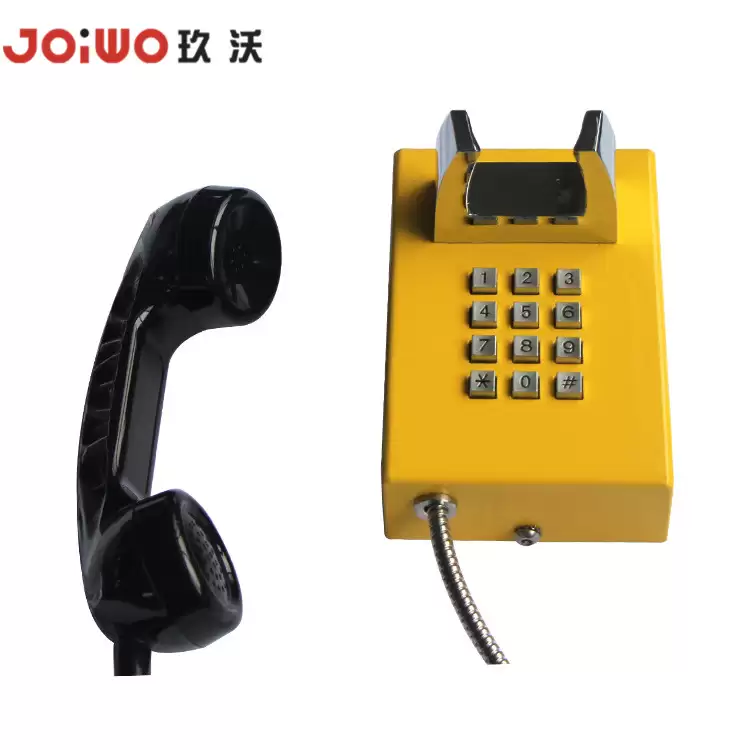
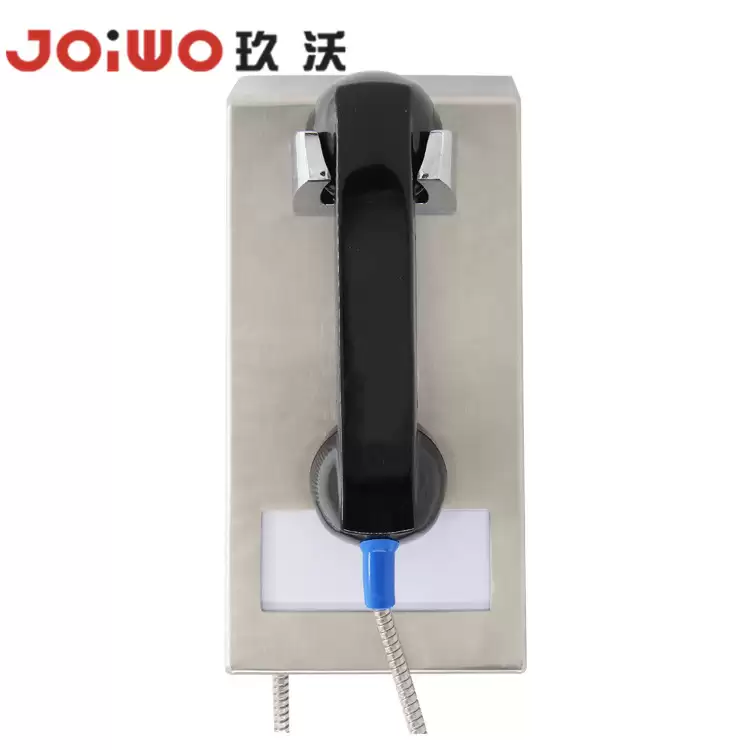
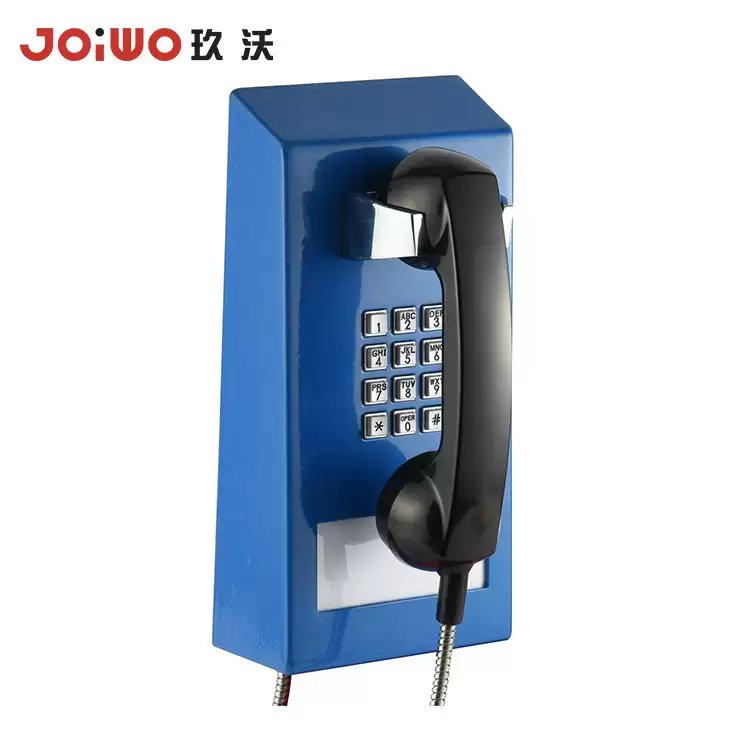
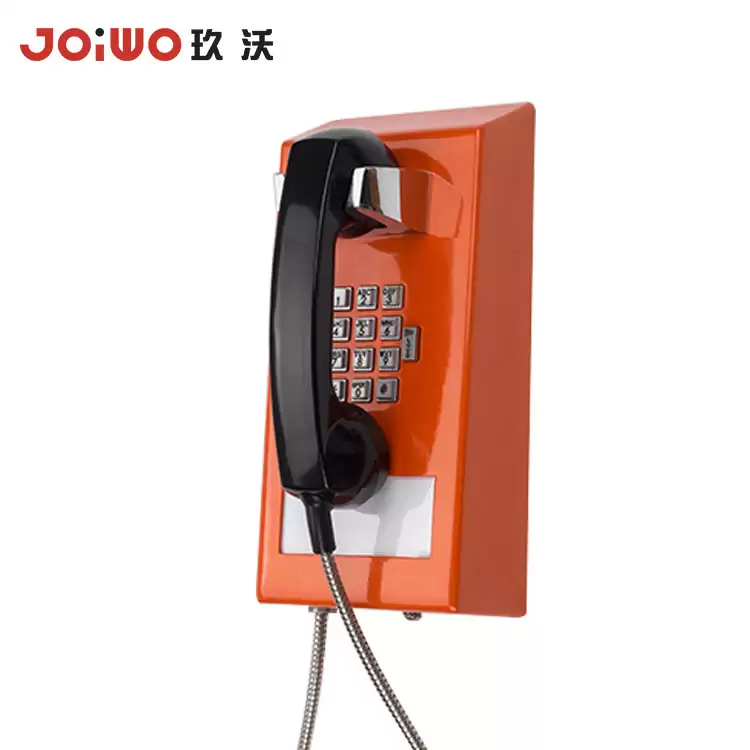
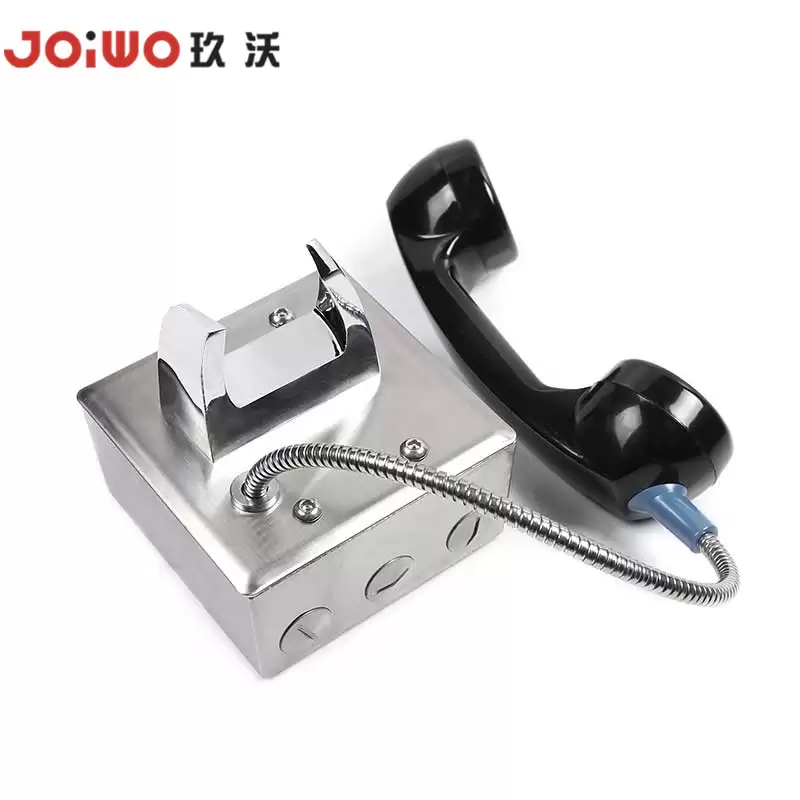
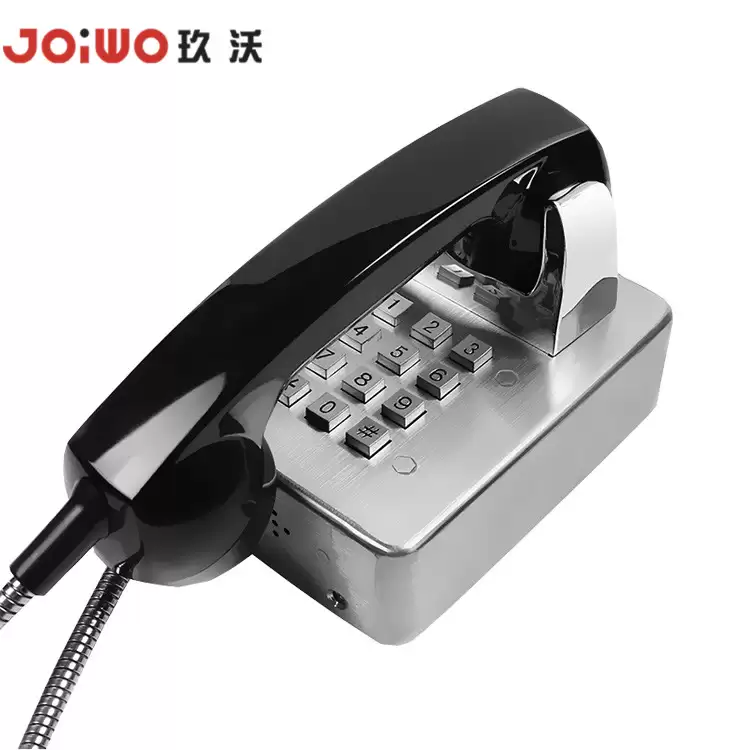
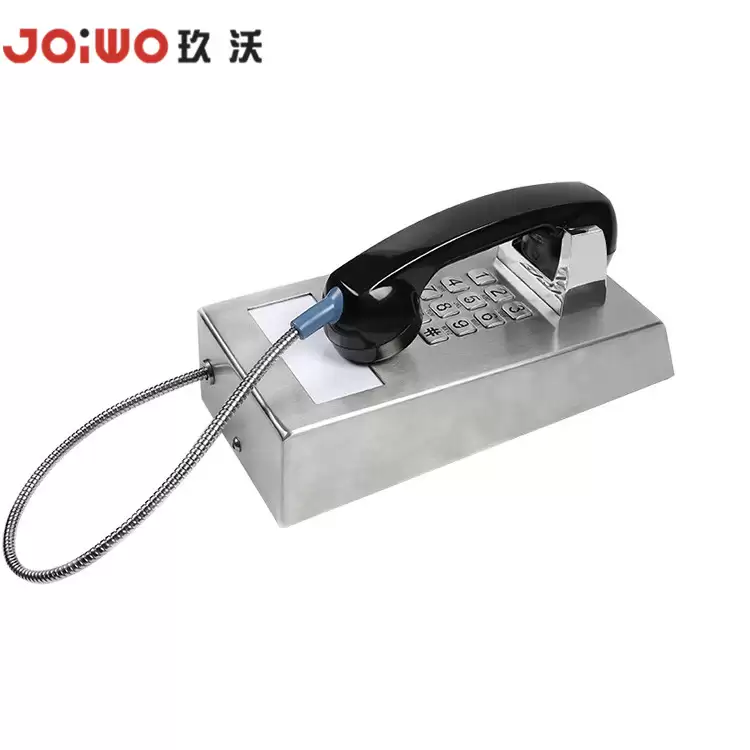
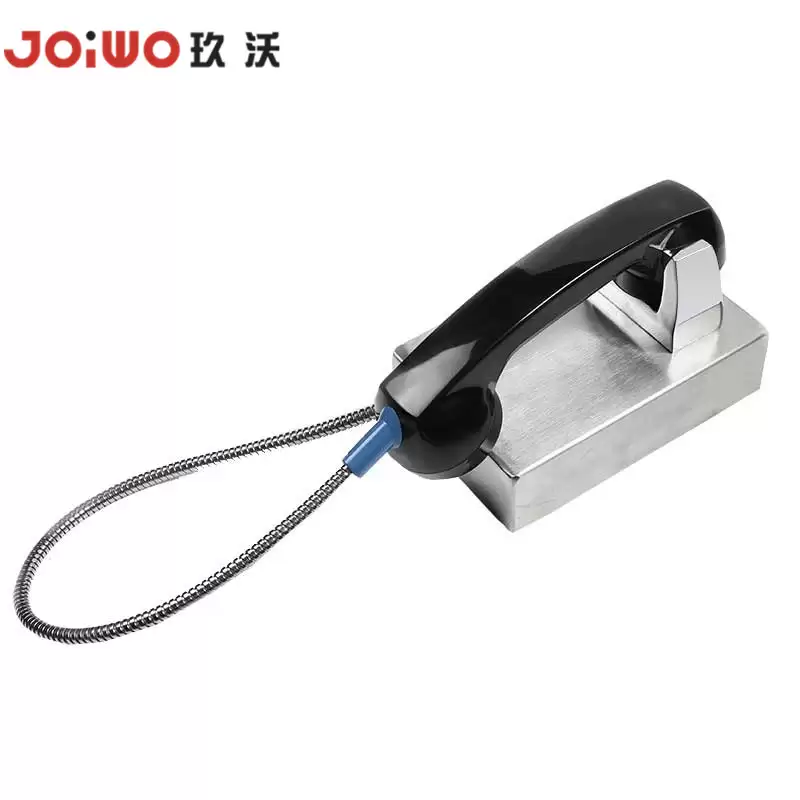
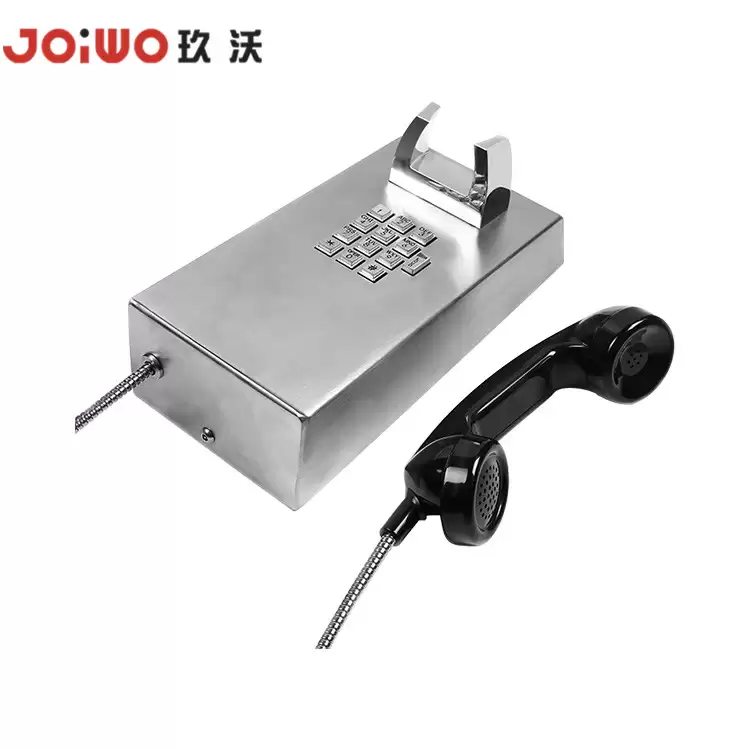



 客服1
客服1 客服2
客服2